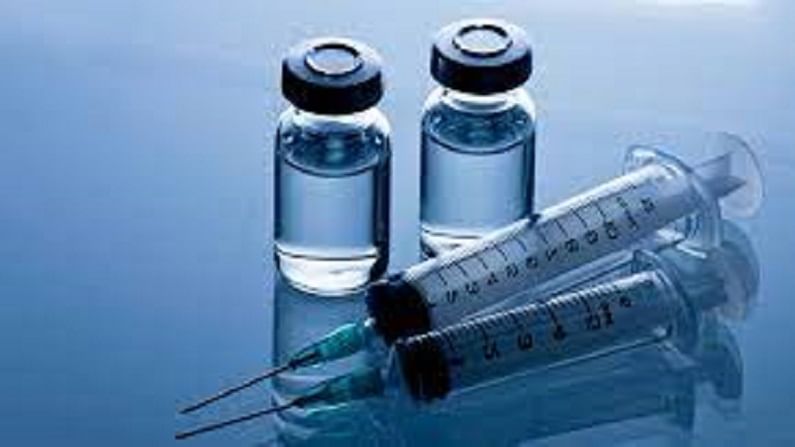Only Rs 10,000 cr more needed for vaccines; fiscal impact just 40 bps more: Report
The UBS Securities India report also called for more transparent vaccine distribution plan for efficient vaccine allocation to the states
- Press Trust of India
- Last Updated : June 8, 2021, 18:52 IST

Mumbai: The government’s move to freely supply coronavirus vaccines to the states for universal inoculation and extend free rations to help the poor tide over the pandemic will only add an additional 40 bps of GDP to fiscal deficit, says a report, which also called for more transparent vaccine distribution plan for efficient vaccine allocation to the states.
The increased allocation of free vaccines to all above 18 years coupled with extending free food and grain supplies through rations will add only 40 bps to the overall fiscal deficit in FY22, which poses upside risks to the estimated 6.8% of GDP, Tanvee Gupta-Jain, the economist at UBS Securities India said in a note on Tuesday.
Assuming an average price of Rs 150/dose, with a similar amount incurred on logistics and supply charges, we estimate the total fiscal cost to the Centre will be Rs 40,000-45,000 crore or 0.2% of GDP and of this Rs 35,000 crore have already been provided in the budget, which means that the Centre will have to allocate a maximum of Rs 10,000 crore for this.
The much-delayed move announced on Monday, which came days after the Supreme Court said the vaccine procurement policy of the Centre was arbitrary and sought all file notings on the issue, she said it will ensure that vaccine distribution is now predicated on need, rather than the purchasing power of the states and can alleviate the problems faced by the states to directly procure doses from manufacturers to inoculate the 18-44-year-old population.
However, the vaccine distribution plan needs to made more transparent for effective and efficient allocation to the states and the key parameter remains the ability to ramp up vaccination supplies.
On the fiscal impact of this and extension of free food programme till November, she added that the associated fiscal cost works out to be 0.4% of GDP.
The government’s balance sheet remains stretched, with the general government fiscal deficit widening to 13.3% of GDP in FY21 from 7.8% in FY20. The government estimates the combined fiscal deficit to remain elevated at 10.3% of GDP in FY22.
The pace of vaccinations has slowed to 2.8 million doses/day to the week to June 6 from the peak of 3.6 million doses/day in the first week of April, largely on supply shortages. We still expect a meaningful ramp-up in daily vaccinations from 3.5 million doses in June to 6 million by November and around 42% of the population or 60% of the adults will be fully inoculated by December.
Download Money9 App for the latest updates on Personal Finance.
Related
- Covid first wave led to increase in antibiotic misuse in India: Study
- Centre rushes teams to six states reporting a high number of Covid cases
- Covid-19: India records 46,617 new cases; national recovery rate crosses 97%
- India’s medical infrastructure well prepared to deal with possible third Covid wave, says FM
- Karnataka makes RT-PCR negative report, vaccine certificate must for Kerala travellers
- National Doctors’ Day: Over 1500 doctors sacrificed their lives in fight against Covid-19

